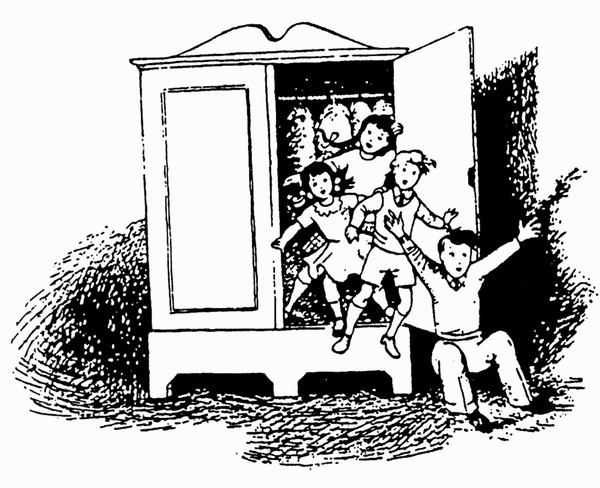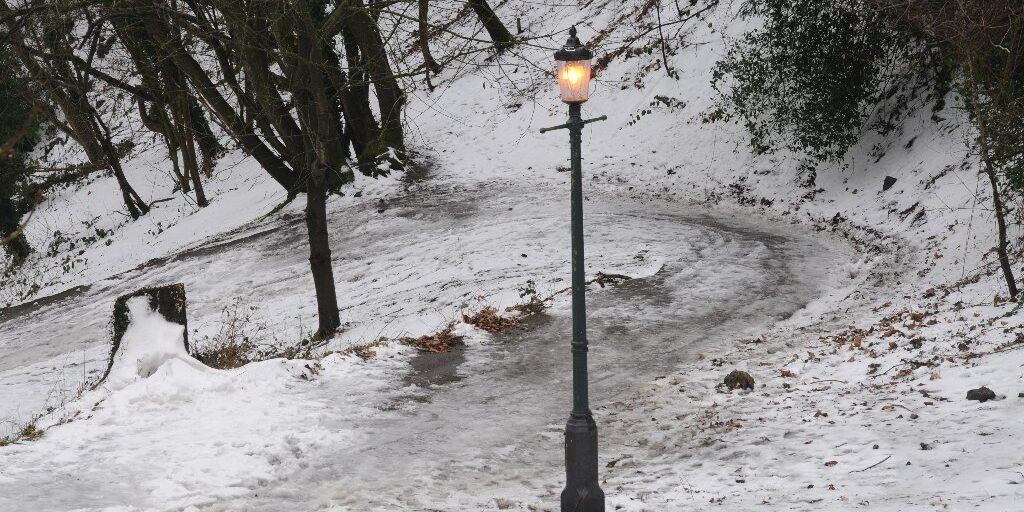One of the first fiction books that I read as a child was written in what I thought then was seriously small grown-up fonts. The book was C.S. Lewis’ first in The Chronicles of Narnia series, the classic The Lion, the Witch and the Wardrobe. The book, first published in 1950, is 75 years old this year.
HarperCollins Publishers have issued celebratory copies for the Northern Hemisphere’s autumn and report that the book is a “cultural phenomenon”, has been voted the best children’s book of all time and is one that has sold “115 million copies in 6o languages”. Lewis’ story refuses to stay within the covers of a book as it has generated stage performances, TV and film narratives and even a series of stamps for the Royal Mail.
As an 8-year-old, I became captivated by the drama and often humour played out in the world beyond mangy fur coats in the wardrobe. Lewis meshed together – with the audacity of a true storyteller – disparate elements from the grey war-rationed Britain with its spare treats of sardines and jam for tea or of Turkish delight as moral bribery, along with the mythic and sometimes epic images of the fields of ice and gallantry, talking animals and the truly visceral horrors of the Stone Table (see here a possibly Arthurian link).
Wardrobes would never be the same for me again, but due to the deeply spiritual clarity of Lewis, nor would the moral importance of children. Indeed it is the children who provide the truly engaging and humane thread and “inner life” to the story.
The Puffin paperback edition I as firstborn read was admirably durable. It was read and reread by me and my 10 younger sisters and brothers until the pages browned and the cover evaporated.
The story was somehow more real and magical at the same time, thanks to the illustrations by Pauline Baynes (1922-2008), which were mostly black and white in the Puffin edition. Somehow her sketches captured the austerity, smallness and energy of the children and other creatures against the vastness of Narnia’s forests and craggy outcrops.

Illustration by Pauline Baynes of the Children in the Wardrobe, from The Lion, the Witch and the Wardrobe by C. S. Lewis. Illustration copyright © 1950, 1998 by C.S. Lewis Pte. Ltd.
Once it was popular to deride the obvious Christian allegory of the book and to attack its celebration of patriarchy and monarchy. This year, during the worldwide 75-year celebrations, these criticisms are left aside and the “C” word is rarely if softly mentioned.
It is true that the imaginative world and lively narrative of The Lion, the Witch and the Wardrobe is so beguiling, it can be enjoyed without an awareness of its Christian themes.
Narnia develops as a rich “sub-creation” of its own, as one writer explains it:
“Narnia is a world within, a place for the enactment of a psychodrama experienced by the various child visitors and vicariously, through our identification with them, by ourselves. That world spills into ours because, as we are told in The Last Battle, every place is a foothill of Aslan’s country.”
Lewis explains that the organic growth of the story began in his highly pictorial imagination when he was a teenager, and it grew with his understanding of language, imagery, meaning and the Christian faith: “Everything began with images; a faun carrying an umbrella, a queen on a sledge, a magnificent lion. At first there wasn’t even anything Christian about them; that element pushed itself in of its own accord.”
What results is a tapestry animated by allusions to Greek and Nordic mythology, heraldic beasts, autobiographical snippets and a rich thread of Lewis’ own evangelical Christian theology.
The arc of the Biblical Redemption and Christian metaphysics is clear without cancelling the “deep magic” (universal symbols and meaning) also starring in the tale.
As Lewis – with his conversion and friendship with the myth-master J.R.R. Tolkien – would admit in his essay God in the Dock, that the gleams and portals of mythmaking would “become fact” with the Coming and redemptive sacrifice of Jesus Christ.
The drama of the imagination, as Lewis’ book has amply proven, seems to have a particularly important place along with clear argumentation and reason in bringing post-secular to reality and meaning.
What’s On
1. Faith and Science with Dr John Long- Corio Parish, November 30
Long-time Thomas More Centre friend/alumni and physics lecturer Dr John Long will be presenting one of his engaging talks about faith and science and the great Benedictine priest and scientist, Fr Stanley Jaki.
With lunch and talk: November 30, 2025, 12.15pm at the Xavier Centre, St Francis Xavier Catholic Parish – Corio. See the flyer here.
2. TMC Wagga Day Conference, December 6, 2025
Don’t forget to promote and book your spot for the Thomas More Centre Day Conference, Vianney College, Wagga.
The theme is “Out of the Shadows into Truth”, an enduring theme in the great St John Henry Newman’s long life and a recognition of his role as educator and encourager of people seeking truth out of the confusion, crisis and “shadows” of our own, often dismaying time.
The conference will include two streams, one for youth and another for general adults. Speakers include Monica Doumit, Patrick J. Byrne, Bernard Toutounji, the Conventual Sisters of St Dominic and myself.
See my discussion about the theme from last week’s newsletter.
Download the program/poster here, and book via TryBooking here.
Please keep the Wagga Conference in your prayers. If you cannot attend but would like to support it financially, please give a donation to the TMC.
Our thanks as ever.
Anna Krohn
Executive Director
Thomas More Centre
Featured image attribution: The Lion, The Witch and the Wardrobe… by Philip Halling. Image cropped. Licensed under CC BY-SA 2.0.







